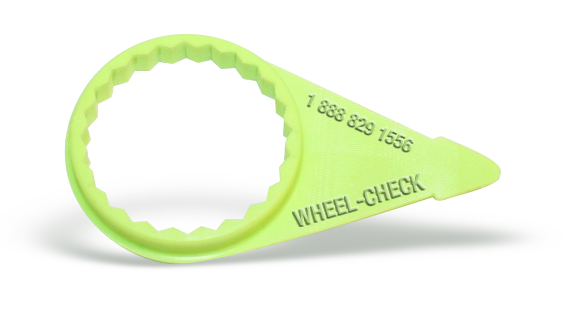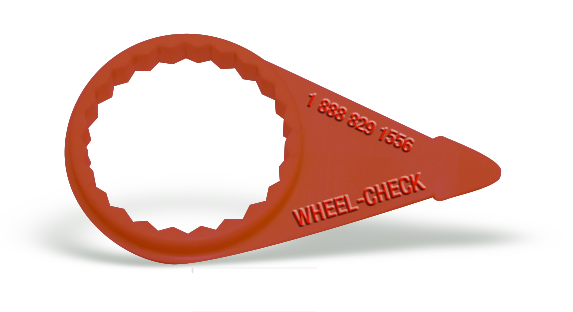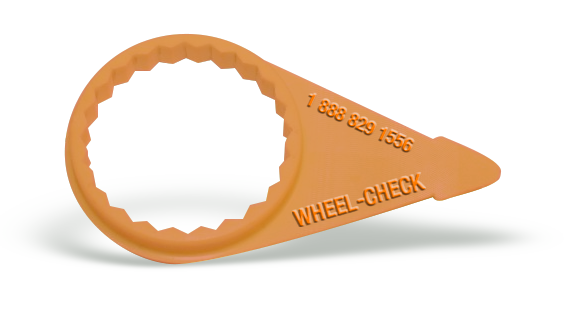

17TH BUS LOSES WHEELS; MTA CHIEF ON LEAVE
ACTING HEAD OF AGENCY REQUESTS INDEFINITE LEAVE AS INVESTIGATION CONTINUES; NO INJURIES IN ACCIDENT FRIDAY; TRANSPORTATION SECRETARY ORDERS 28 BUSES OFF STREETS FOR REPLACEMENT OF BOLTS
The Baltimore Sun, Originally published June 2, 2002
By Marcia Myers, Sun Staff
The acting head of the Maryland Transit Administration took an indefinite leave of absence yesterday after a 17th incident in which wheels fell off a transit bus, this time late Friday in downtown Baltimore.
Virginia White, the MTA's acting administrator, has come under fire in recent days for her handling of the wheel problem, which began last August but only became public a week ago.
The latest incident occurred at 11:05 p.m. Friday as an eastbound bus on Baltimore Street lost its left rear wheels near the intersection of Eutaw Street. One wheel settled near the bus. The other rolled about 50 feet ahead before toppling over, according to transportation officials. The wheels didn't strike anything, and the driver and two passengers were not injured.
The wheels on bus 9825 were installed with new bolts on April 22 - two days after White began an internal investigation of the problem. But they had not been retrofitted using different equipment and procedures established on May 9 in an attempt to prevent more wheels from coming off, officials said.
Transportation Secretary John D. Porcari pulled 28 other buses equipped with the same bolts off the streets yesterday and intensified procedures for inspecting the rest of the 800-bus fleet.
"No one wants another incident. But it's reasonable to expect that until every bus is modified, there's always a possibility, however slim, of another incident," Porcari said.
As investigators regrouped yesterday morning in response to Friday's accident, White went to Porcari to request an indefinite leave with pay. "Virginia wants to make sure the focus is on the investigation of the technical issues," said Porcari.
White could not be reached for comment last night.
Porcari's second-in-command, Deputy Secretary Beverly Swaim Staley, will head the MTA in White's absence. Swaim Staley served a similar role, filling in as acting executive director of the Maryland Aviation Administration after the resignation of David L. Blackshear last July.
White has been roundly criticized by legislators, transit advocates and others for belatedly launching an investigation of the wheel problem on April 20, after the 10th accident. Five drivers and 15 passengers have filed injury claims - mostly for minor muscle pulls and cuts. Some of the runaway 200-pound wheels rolled into cars, buildings and, in one instance, a natural gas tank, which ruptured and leaked.
An article published last Sunday in The Sun detailed how White had excluded the agency's own safety department from the investigation, halted an independent inspection of bus wheels arranged by that department and challenged a safety officer who identified a potential wheel maintenance problem in the Bush Street bus garage, which is run by Frank White, the administrator's husband. She also failed to disclose the scope of the problems to Porcari.
After learning of the problems less than two weeks ago, Porcari formed a team of independent investigators from outside the agency to resolve the problem. Last week, he shifted control of the MTA's internal investigation from White to Eric Christensen, MTA's deputy administrator in charge of safety, saying that "safety is the imperative."
The agency as of Friday had retrofitted the wheels on more than 180 buses and had established three checks of each wheel daily.
In a meeting with his team yesterday, Porcari set further safeguards. The bus in Friday's incident had last been checked at 12:30 p.m.
The new steps will require each bus to be inspected at the gate by a supervisor before leaving any of the four MTA bus yards. During each shift, field supervisors will spot-check buses on the roads.
Ralph Moore, a transit advocate with the Citizen Planning and Housing Association, expressed alarm over the latest accident.
"This is definitely an emergency situation, and we need to treat it as such," he said. While commending the safety steps being taken, Moore said he still felt nervous.
"I've ridden the buses in the past week, and I worry that something could happen at any time," he said. "We've just been very, very lucky that no one's been seriously hurt."
Over the past year, the agency had begun installing a new, gold-colored wheel bolt. And although officials say two independent lab tests revealed no problems with it, a different type is now being installed in buses as a precaution.
The 28 buses pulled from the street yesterday were equipped with the gold-colored bolts or "studs."
"There has been a great deal of discussion inside the organization about the gold studs," said MDOT spokesman Jack Cahalan. "Just because some people have raised questions about them, the decision was made to eliminate them."
The bus in the most recent incident was from the Kirk Avenue garage, which used the majority of the gold studs and has had the most lost-wheel accidents. The incidents have involved buses from three of the four MTA bus garages.
John Contestabile, a transportation engineer who is heading the independent inquiry, said Friday that his team is focusing on three potential causes. The most likely, he said, is that the lug nuts were secured with so much force that the studs underneath fractured and broke. Investigators are looking at whether an increase in pressure in the air lines at the garages over the past six months could have caused mechanics to unknowingly over-tighten the lug nuts with their air-powered wrenches. In addition, they believe outdated maintenance practices and a deteriorating gasket between the dual rear wheels may have contributed to the cases.
The most recent wheel maintenance instructions used in the garages were dated 1991, he said.
Porcari praised the maintenance crews, who he said have been putting in long hours to change hundreds of wheels under the new criteria. "They take safety very seriously, and they're working their hearts out right now, implementing the fixes," he said. "We all want the public to know safety is No. 1 and we will implement the changes as soon as possible."
Another part of the investigation, being handled mostly by transportation auditors, is an analysis of the MTA's response as the incidents continued.
Buses lost wheels once in August and January, three times in February and twice in March.
Four more incidents were reported in April, and six in May, according to MTA records. Yet until recently, the search for a solution was strictly internal. Even wheel manufacturers were not informed of the scope of the trouble. The auditors are reviewing maintenance records, correspondence and e-mails to reconstruct how the matter was dealt with over those months.
The investigation is expected to be complete in about two weeks.
Copyright © 2002, The Baltimore Sun

WHEEL-CHECK®: High visibility loose wheel-nut indicator

WHEEL-TORQUE: Red torque indicator used to mark a nut has backed off, and maintenance is aware of the problem

WHEEL-CHECK®, HIGH TEMPERATURE: Loose wheel-nut indicator that withstands higher temperatures

WHEEL-CHECK®, CUSTOM COLORS: Custom colors and sizes are available upon special request.
© All Rights Reserved. WHEEL-CHECK®, THE LOOSE WHEEL-NUT INDICATOR. "25 years helping roads to be safer."
*The use of Wheel-Check® in no way guarantees wheel-offs will NOT occur.